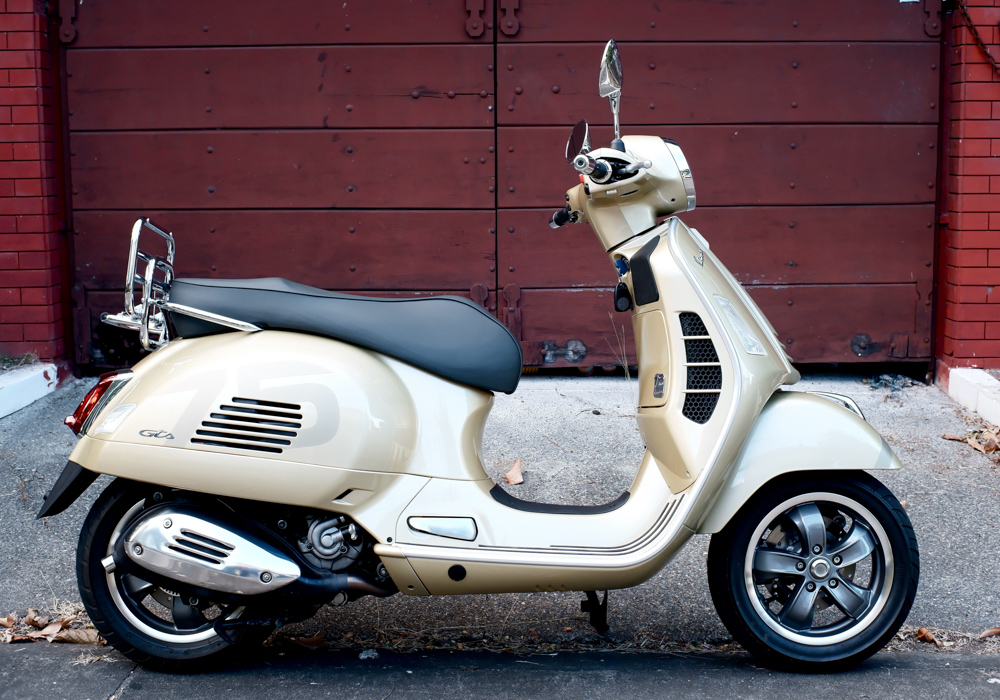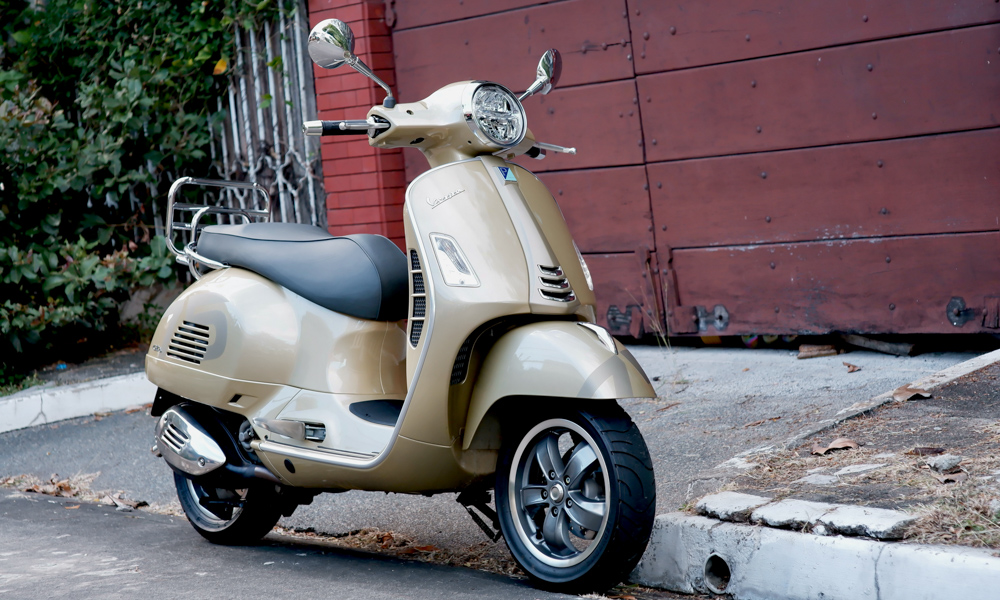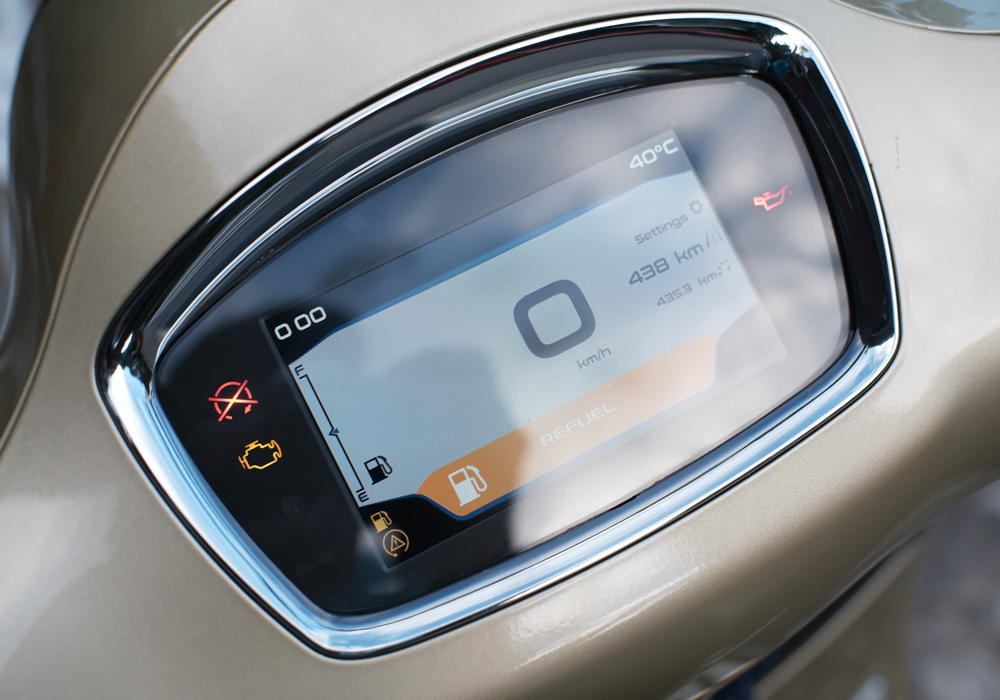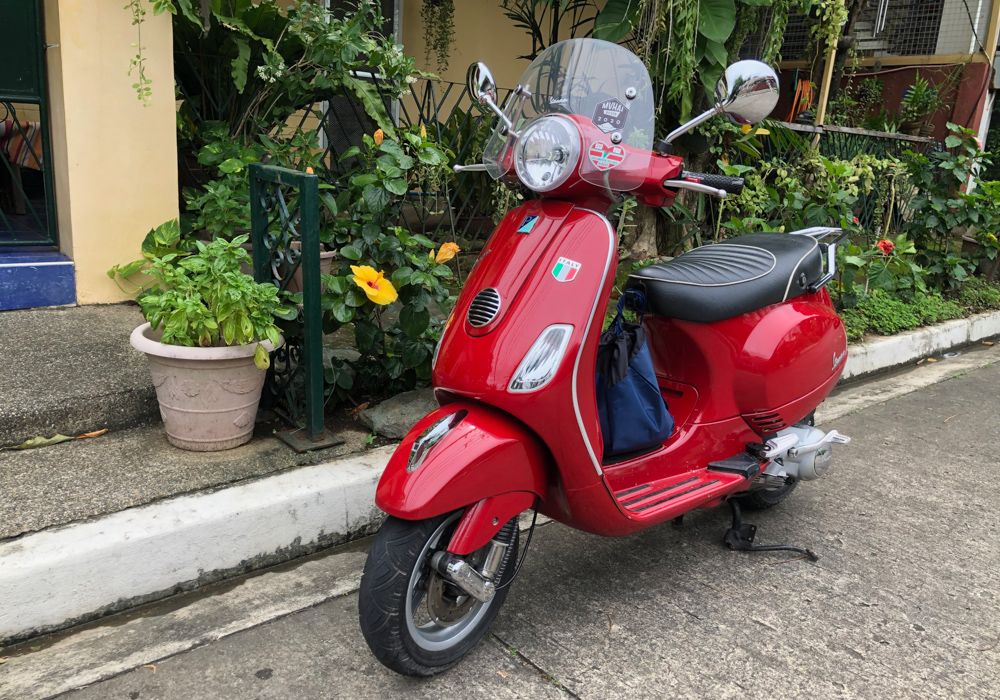
A scooter is probably the most practical form of motorcycle anyone should have. Within the hierarchy of brands, Vespa sits at top, or very near it. I myself got bitten by the bug when, in a fit of lockdown madness, I just upped and bought a used LX150 without first asking my wife if I could do so. You know what they say: “It is better to ask for forgiveness than permission.”
I wish I could tell you that Vespas are perfect, that they are wonderful little machines that take you back to the ’50s with Audrey Hepburn on a Roman holiday, or even modern-day times but with Kaley Cuoco from The Flight Attendant riding pillion.
Except that they are not perfect. To be totally honest, on my third day of ownership with my LX, it spat out its fuel hose and left me stranded by the road. A few weeks later, I brought it to show off to my mom, who was suitably impressed until the damn thing refused to move an inch as it had ground its hub to a pulp.

In those moments, I asked myself why I had not just gone the safe route and gotten a brand-new Honda PCX. I love my Vespa, but since it is a fairly old scoot, I am wary of the next mechanical failure, and I must admit that, yeah, it can be a piece of shit sometimes.
Perhaps to ease my anxiety—more like I just wanted to try out a fully working, brand-new scooter for a change—I borrowed a GTS 300. Vespa Philippines even lent me the limited edition “75th” model, with the exclusive graphics and trim. To be honest, the faded gold-ish color is too Louis Vuitton for my Uniqlo tastes, but beggars cannot be choosers.

What is the difference between a GTS and the more plebeian Sprints and Primaveras, you ask? A little bit more power, bigger seat, more stable at speed. Also, around P268,000 extra over what you would pay for a small-frame Primavera.
Alas, if I was thinking that a brand-new, top-of-the-line Vespa would be just as charming as my own POS minus the old bike shortcomings, I was mistaken. The first warning sign was a “Low Fuel” indicator on my way home from the showroom, so I duly went to gas up except the attendant said the tank was, in fact, full.
“Ahh, Italian engineering,” I thought. “Until now, they cannot design an accurate fuel gauge.”
A few days later, I thought I would show it off to my mom again, so I took my child along with me and off we went. If not for anything else, you get a GTS for the extra power. Even with a pillion rider, the GTS accelerated with gusto and felt very stable. The motor was also quiet and smooth, a far cry from my sputtering, vibrating, carbureted little 150cc.
Mother was suitably impressed as I took a few safety photos curbside, and then when it was time to start the motor to move to another location…the scoot was as dead as a doorknob.
The dash said “Refuel,” even though the tank was full. Something with the fuel delivery system went kaput.

Missing in action.
Dead on arrival.
Absent without leave.
After multiple attempts to restart the ignition, even jiggling the scoot on its stand and bouncing the shocks to maybe shake up the float valve, the GTS refused to cooperate. There it sat by the curb, all pretty and looking like a half a million bucks, and as mobile as a sack of bricks. Sigh.
While I waited for my wife to come pick me up (and who had wisely refused to come along, so my son took her place), I did some light Internet research and asked some Vespa owners if this was a thing.
Apparently, it is.
Late-model units have been having problems with either the fuel pump or fuel sending unit, and though it does get replaced under warranty, it is an annoyance.
Imagine having this happen to you while you’re in the middle of nowhere, while packs of NMaxes and ADV150s buzz past you. Even spending P468,000 for a GTS 75th special series does not make one immune to banal problems that, quite frankly, shouldn’t even happen for that kind of money.
To MotoItalia’s credit (the Philippine distributor), they were very apologetic about the incident, and took pains to pull out the unit and bring me back my personal bike which I had parked at their dealership.

And so now I am back home, staring at my own LX150 and cataloging all the things she will need to get back into fighting form. New shocks, steering bushings (or whatever you call them), then get the signal lights and the high beam fixed. All relatively cheap and easy repairs.
So, here is what I have learned about Vespas, new or old. They all look so nice, and good looks really go a long way toward forgiving a multitude of sins. And as wonky as my LX is, there is nothing about it that cannot be fixed with a bit of time and money.
The frame may take a beating, but it is metal and will last you for decades. The engines are not cutting-edge, but they will keep going and going. With few exceptions, you cannot really say those things about the average Japanese scooter from the same time period. They just tend to get ridden into the ground, then replaced with a new one.
Vespa will probably resolve this fuel issue sooner or later. Maybe they will replace it as the problem pops up in specific units, or maybe they will just issue a recall and fix each and every affected production batch.
When you have so many good things going for you, could you at least just work every time like a Honda? And there is the rub. When I look at my Vespa, there is this pride of ownership taking precedence over logic. There is a little bit of foolishness at willingly taking in all the risks of ownership.
I said to myself once that if I ever changed my mind, I could sell the little stinker and get my money back (resale value is amazing). But of course, it is a lie, because I am not even close to getting rid of it.
What was that line in Brokeback Mountain?
“Why can’t I quit you?”


0 Comments